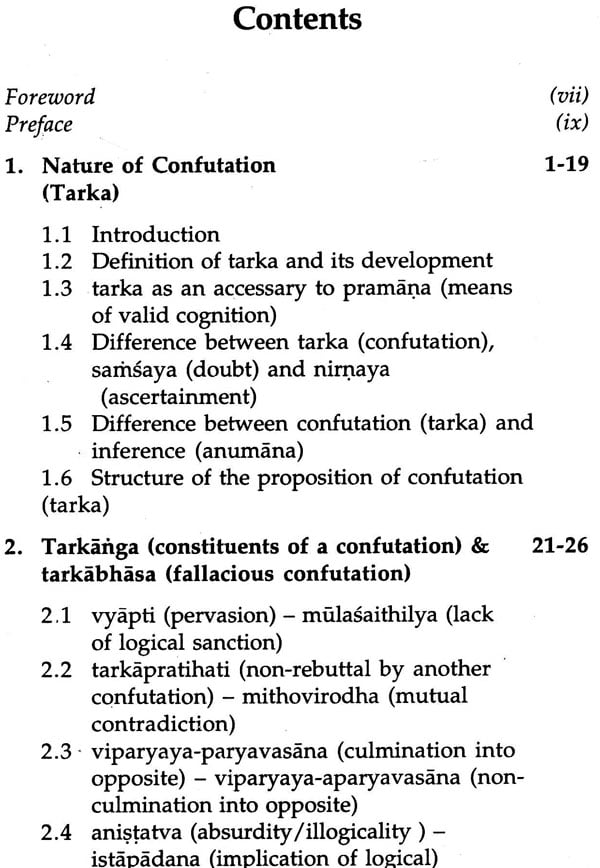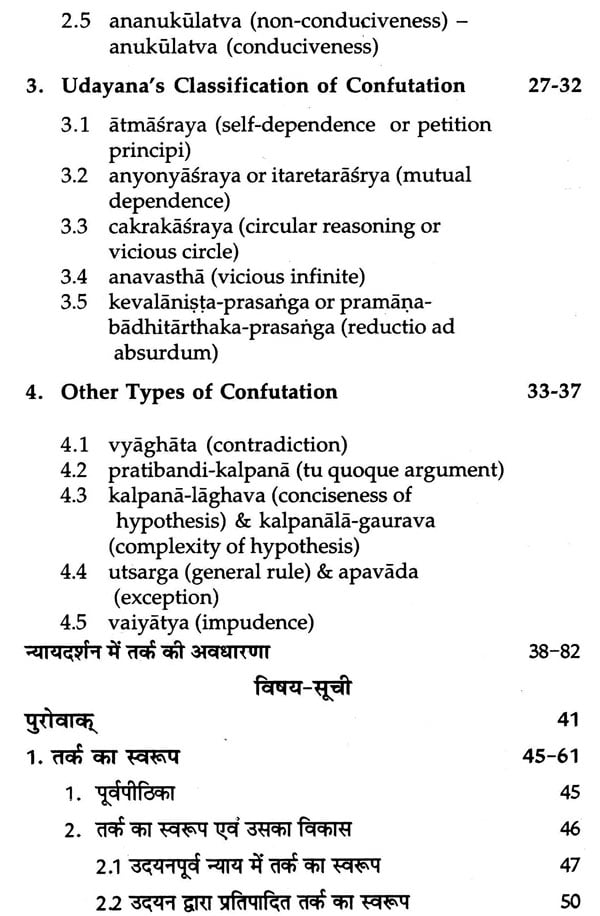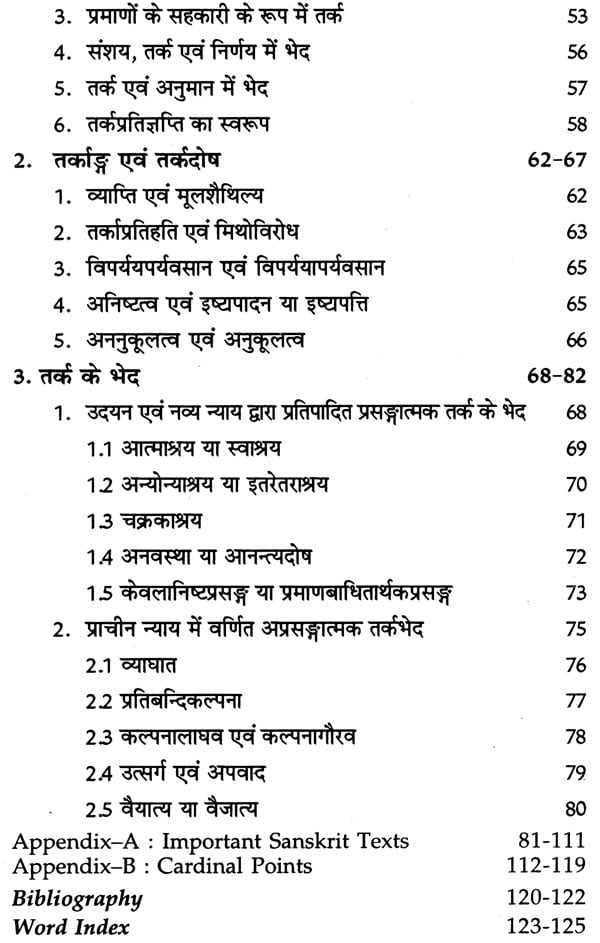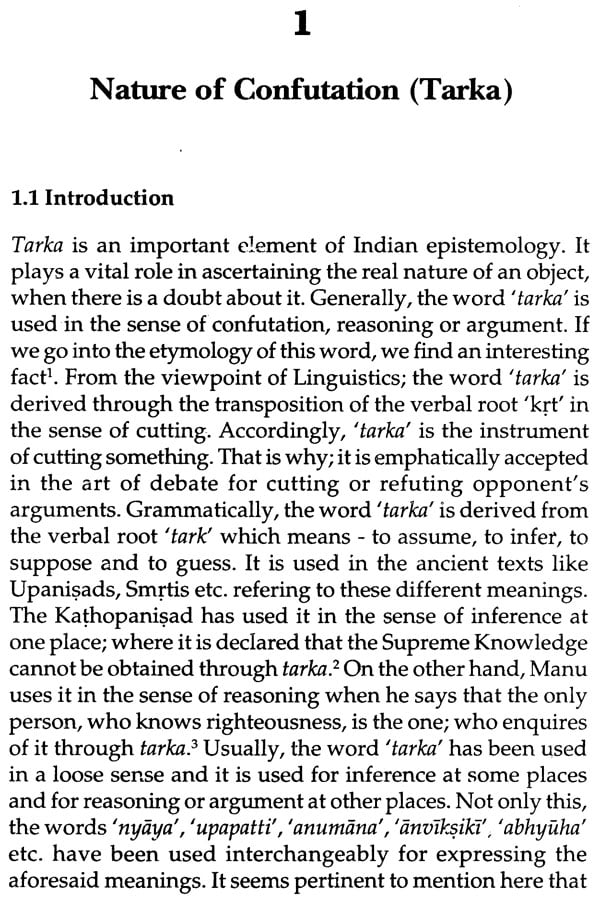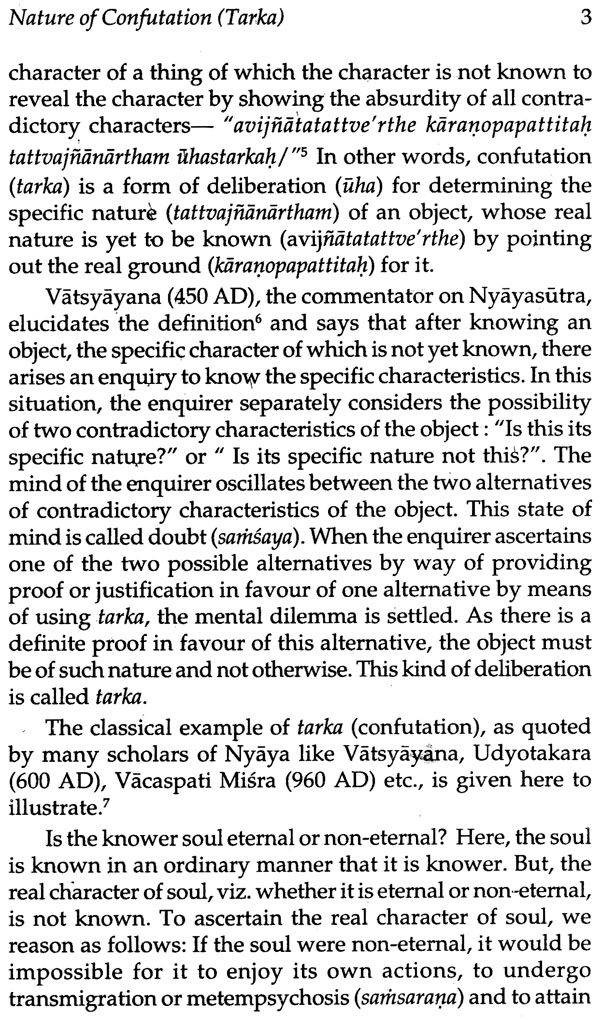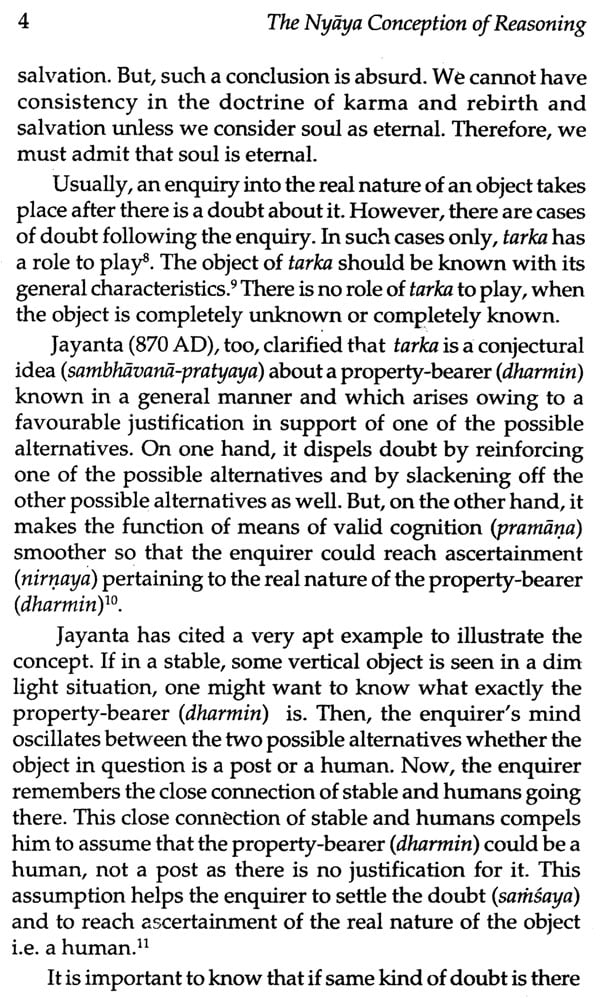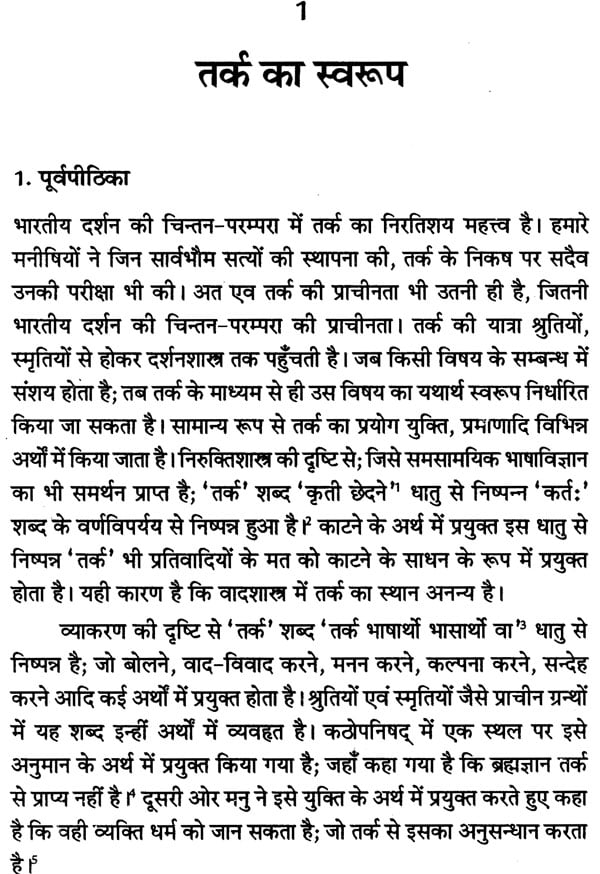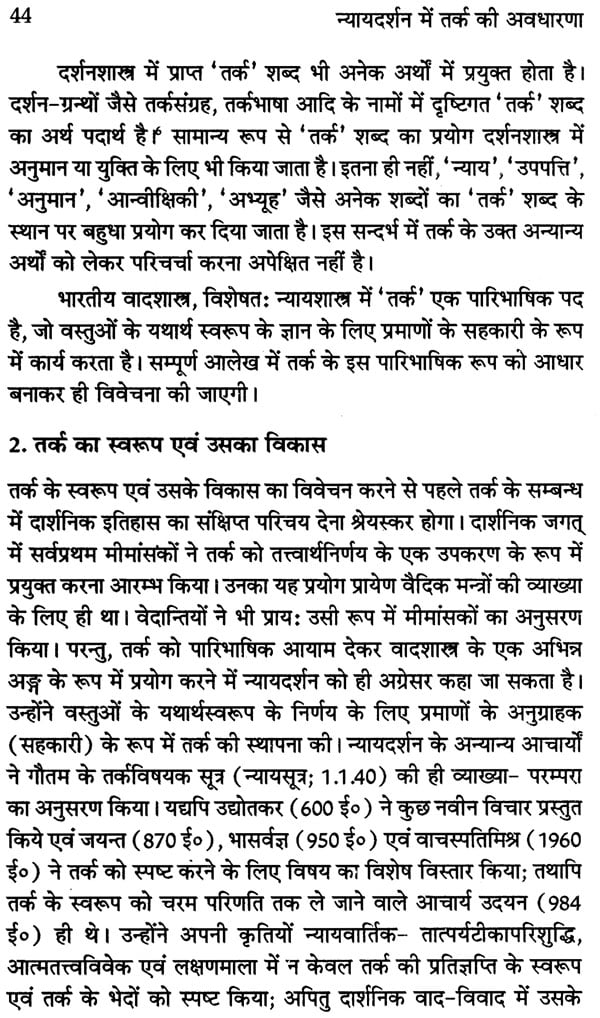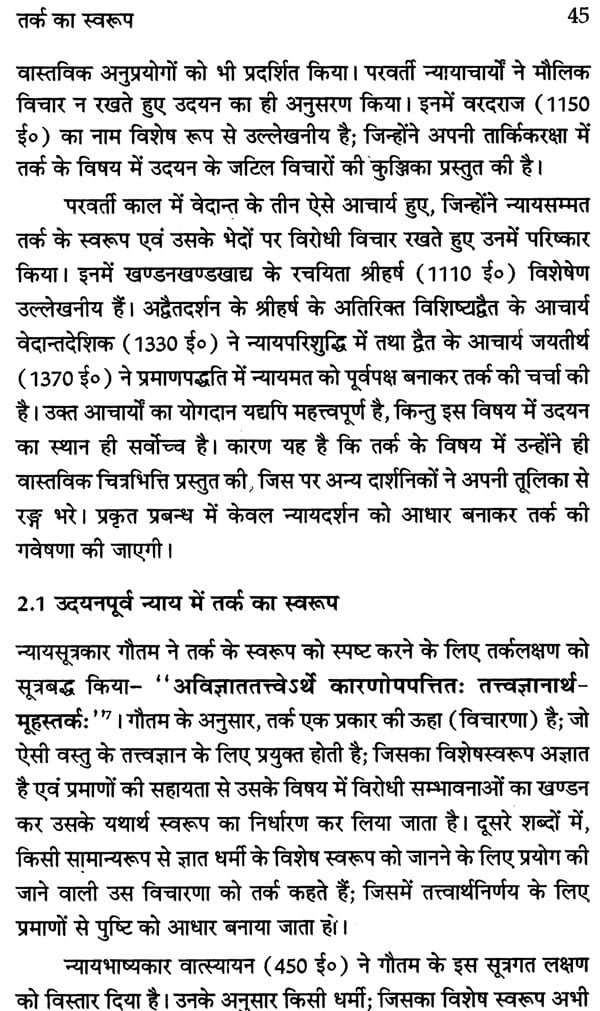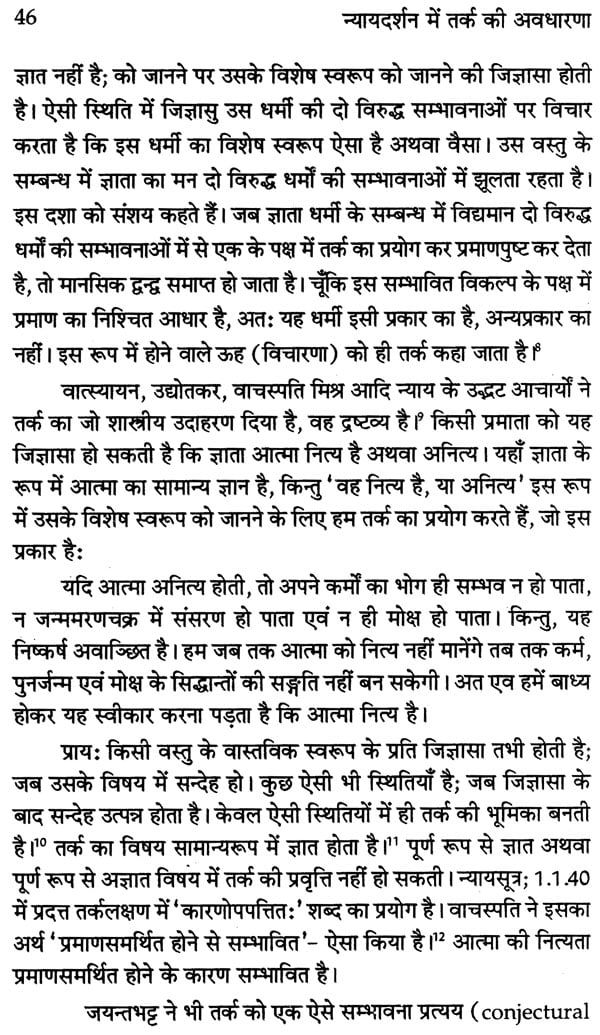
The Nyaya Conception of Reasoning
Book Specification
| Item Code: | NAV407 |
| Author: | satyamurti |
| Publisher: | Chaukhamba Sanskrit Pratishthan |
| Language: | English Text with Sanskrit Transliterations |
| Edition: | 2015 |
| ISBN: | 978170845582 |
| Pages: | 142 |
| Cover: | PAPERBACK |
| Other Details | 8.50 X 5.50 inch |
| Weight | 150 gm |
Book Description
As long as we project Sanskrit merely as the repository of ancient wisdom & culture, we cannot convince the modern society, which is wedded to materialistic and utilitarian values. We will have to meet contemporary challenges and cater to the utilitarian aspirations of today as well. We would have to make the society understand that Sanskrit is not just confined to preaching sermons. Like other academic disciplines, Sanskrit, too, is perfectly in tune with the modern times. Keeping this view in mind, I, along with my teachers & colleagues, had an earnest desire to introduce those things in our curriculum, which are relevant in today's world. Therefore, we felt that Indian Logic could be one of the areas, which could appeal to many. In this way, the idea to bring great Indian tradition in logic to the fore came into being.
Confutation is an important tool in the art of debate. Its history is as old as that of Indian culture. Travelling from Srutis & Smrtis, the conception of confutation entered the philosophical realm. The seed found in the Vedic literature became a giant tree in the philosophical texts. In the philosophical arena, the Mimaiiisakas pioneered in the use of confutation (tarka) as a tool in the context of the Vedic exegesis. Initially, the Vedantins, too, followed them to establish their own doctrines on the basis of the Upaniads. But, for the first time, the Naiyayikas gave it a technical dimension and used as an accessory to the means of valid cognition. The Buddhists, also, used it in a technical sense. But, their understanding of confutation (tarka) is different from that of the Nyaya school. To them, tarka and inference are synonimous. Initially, scholars of the ancient Nyaya followed the aphorism of Gautama (Nyayasutra; 1.1.40) and expanded the cocept of confutation mutatis mutandis. But, it was Udayana (984 AD), who gave a new dimension to the definition of tarka. Among the Naiyayikas, the contribution of Udayana is unique. He developed the concept of confutation (tarka) in a novel way. He is the one, who defined tarka as a conjecture of the illlogical (anistaprasariga) and the neo-logicians, specially Varadaraja (1150 AD), merely emulated him. In the later phase, even the Advaita scholar Sriharsa (1110 AD) and the Vaignavite scholars VeclantadeSika (1330 AD) and Jayatirtha (1370 AD), too, left their indelible marks in the realm of logic as they refuted many ideas of the Naiyayikas in this regard. Understanding the vastness of the subject, I confined myself only to the Nyaya philosophy. This work is a modest endeavor to elucidate the concept of tarka in a simple language. Along with the Sastric examples, I have tried to give illustrations from our day to day life. If the Sastra can not have connection with real world situation, it would become meaningless. Hence, I have also tried to bring the doctrines out of the philosophical arena. I have taken the dates of various scholars from Encyclopedia of Indian Philosophies by Karl H. Potter as it is considered to be the most authentic source.
After the English version, I have rewritten the entire text in Hindi to give access to those; who are more comfortable in Hindi. In the end, I have given some of the original texts to help the teachers & researcher visiting in the primary for sources further enquiry into the subject. When Delhi University was undergoing a complete metamorphosis through adopting semester system, the department of Sanskrit, D. U. took it as an opportunity to change the stereo-type earlier course. It redesigned the curriculum of M. A. (Sanskrit), B. A. (Hons.) in Sanskrit & four year semester course of B. A. (Hons.) in a manner, through which Sanskrit could be projected not merely as a language but as an independent discipline as well. For projecting Sanskrit much beyond a language, the department introduced papers like Mathematics & Astronomy, Scientific Heritage of India, Indian Logic and Debate, Self-Management in The Gita, Introduction to Indian Philosophy, and so on. The current topic is the brain-child of Prof. Madan Mohan Agrawal, the then Head of the department. At his initiative, the portion on reasoning was introduced in the syllabi of B.A. (Hons.) Sanskrit as a paper in third year. It has been titled as 'Reasoning: Ontology, Epistemology and Logic'.
It was a big challenge to prepare material on this topic because the area of confutation is given less attention in the academic world. There are a few useful works on the topic. But, with their very complex exposition, they were not found suitable for students. With the inspiration and guidance of Prof. Madan Mohan Agrawal, I embarked upon the onerous task of writing this book. I, indeed, owe to him a lot because he has always been my greatest academic support. I express my utmost reverence to my parents, who are my perennial source of inspiration.
**Contents and Sample Pages**
